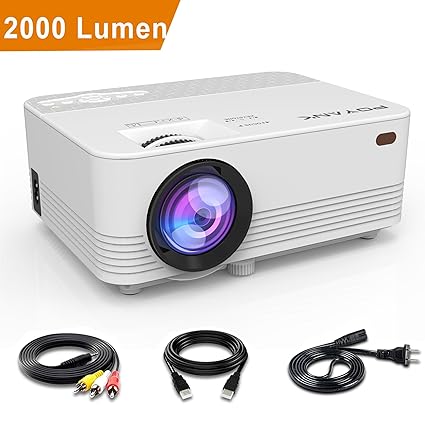How to Use Chromecast on Projectors,TVs, iPads & Laptops
❤️ Click here: Can you hook up chromecast to a projector
Also when I refer to it being blank it's a very dark blue verses the default bright blue screen on the projectors default no source. Each projector has different ports and features. For example, after selecting the content through a connected device like a smartphone, the user will still be able to answer phone calls or use other applications simultaneously. To setup from an Android device,.

HDMI: HDMI has always been the way to go when it comes to connecting devices to Projectors. There's also no easy on-screen way to point at things: the presenter's cursor location doesn't display. You can get the adapters for cheap from Amazon or eBay.

How to Use Chromecast on Projectors,TVs, iPads & Laptops - I am currently having issues running an 720p Epson 7900 off of a 1080p coboc 3x hdmi input and 1x hdmi output with audio separator switch that is 4k capable. And, luckily, for older devices, you can use a.

Both and computers are capable of connecting to a TV or projector, provided that they have the appropriate cables. The following sections contain instructions for using your TV or projector as a computer monitor. For best results, we recommend reading them in order. Tip: You can also use a to stream information from your , , or to your TV. Once the matching port has been identified one that is the same on both your and , you need the appropriate cable to connect them. This section contains a picture of the back of an projector and its available connection ; as well as descriptions of each. Tip: You only need to use one of the following cables. HDMI The connection is very popular among display electronics. In fact, nearly all modern televisions and projectors feature HDMI ports. Most laptop computers support HDMI and it is becoming more prevalent on desktop computers as well, even those without a high-end. HDMI is quickly becoming the standard for all electronic equipment for its high quality signal and ability to carry both audio and video signals. The image to the right is an example of an HDMI cable. VGA The connection is the most common type of connection on both desktop and laptop computers. It is also found on most projectors and some TVs, especially and TVs. The VGA cable has a 15-pin connector on each end that plugs into a VGA port on each device. Because most televisions do not support VGA, we recommend using HDMI for their wider range of compatibility. Tip: VGA cabling is universal for devices that support it. For example, if your desktop monitor uses a removable VGA cable, that same cable can be used by a laptop to connect it to a projector. Note: If you are using an Apple desktop or laptop computer, you need a VGA adapter to connect a VGA cable to the computer. DVI The connection is newer than VGA and it offers a sharper image. Although the DVI port is not shown on the image of the Epson projector above, it is still somewhat common on projectors, but not as common on TVs. It is mostly found on desktop computers for monitors, but some laptops have DVI connections as well Apple laptops are more commonly known to support DVI than any other brand of laptop. Since finding DVI on a TV or projector is more difficult, we recommend using HDMI cables if available. Tip: There are special cables that convert from DVI to VGA or DVI to HDMI and vice versa. Composite Video The connection is quite common on a TV or projector, but it is nearly non-existent on modern computers. This connection is the yellow female cable on what is normally a three-cable bundle consisting of red, white, and yellow cables. The only time you should see this setup is on older video cards for desktop computers. S-Video The connection is also commonly found on TVs and projectors, but is seldom found on a desktop or laptop computer. This connection is a small step up from composite video, but is nearing obsolescence. USB Although all computers have a connection it cannot be used to connect to computer or laptop a projector or TV. You must use one of the above connections for a display signal. Connecting computer and projector or TV After you've identified what connections are available on both your computer and TV or projector, you're ready to connect the cables. If the same connections are not available for both the computer and TV or projector, you'll need to purchase a that converts one signal into a compatible signal. Desktop Computers For a desktop, plug the cable into the computer and output device. If you don't see an image, you may need to change the display using the following steps. The key sequence to do this varies depending on the laptop, but usually it's either + F3, F4, F5, F8, or F9. For example, pressing and holding Fn + F3 at the same time on the laptop sends the video signal to the connected TV instead of the laptop's screen. Additional help and information with switching the laptop display can also be found on the link below. This action can usually be accomplished by pressing the input button on your until the correct input channel is displayed.
How to Setup the Google Chromecast
It acts as the connector. If you need help, use your display's manual. The key sequence to do this varies depending on the laptop, but north it's either + F3, F4, F5, F8, or F9. The application will then establish a channel to securely exchange communication between the two devices. Google Hosted Libraries Javascript software libraries such as jQuery are loaded at endpoints on the googleapis. Both applications can be downloaded from their dakota app stores, respectively.



